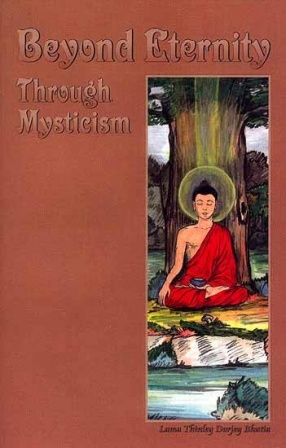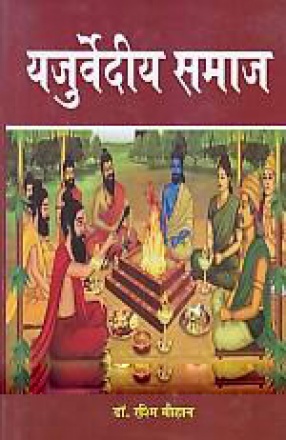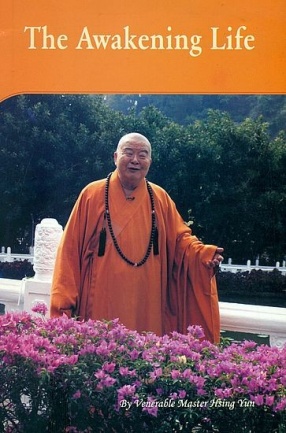The pleasant duty of writing ‘Forewords’, introducing authors to the readers, falls to the lot of Vice-Chancellors very frequently. However, among the many books for which I have written Forewords the present piece of writing by Lama Thinley Dorji Bhutia, Ph.D, is rather unusual. In this book the author has recorded his own experiences as a Lama, as well as the theoretical and practical basis for the spiritual exercises Lamas undergo.
Although these mystical experiences and theories associated with them are well beyond my scan, they have an undeniable interest which I share with the curiosity of the uninitiated. Lama Thinley Dorji Bhutia’s birth in a family which served as Lamas for countless generations virtually foreordained that he would accept Lamahood. He was initiated as a Lama at Aloobari monastery in Darjeeling fifty years ago, when he was nine years of age. Thereafter followed thirteen years of training in the monastery. In 1960 he took up a job as a teacher of Tibetan language which was followed by his assignment in the capacity of a Professor in Tibetan at the N.D.A., Poona. This career path led him to an important position as a Director of a Government of India institution. His contacts with Bhikshus, Lamas and Buddhist scholars remained alive and he continued to practice meditation and occasional ‘retreat’ as required in Lamahood. The author developed a research interest in the theory of mystic experiences in the school of thought he was initiated into. The product of his experiences and research is this book.
Whatever may be one’s personal attitude to these mystic religious experiences, there is no doubt that varieties of such Buddhistic religious beliefs and practices constitute important elements in the cultural personality of some of our people and that of our neighbouring countries. I have not been to Tibet but I have seen for myself the enduring presence of Buddhism in the cultural scene today in many parts of China and Japan. That would be equally true of Burma, Ceylon and several South-East Asian countries as well. It is, therefore, important to comprehend approaches to human life and death represented by works such as the present one, irrespective of the reader’s own belief system. For these reasons I believe that this book merits attention.





There are no reviews yet.